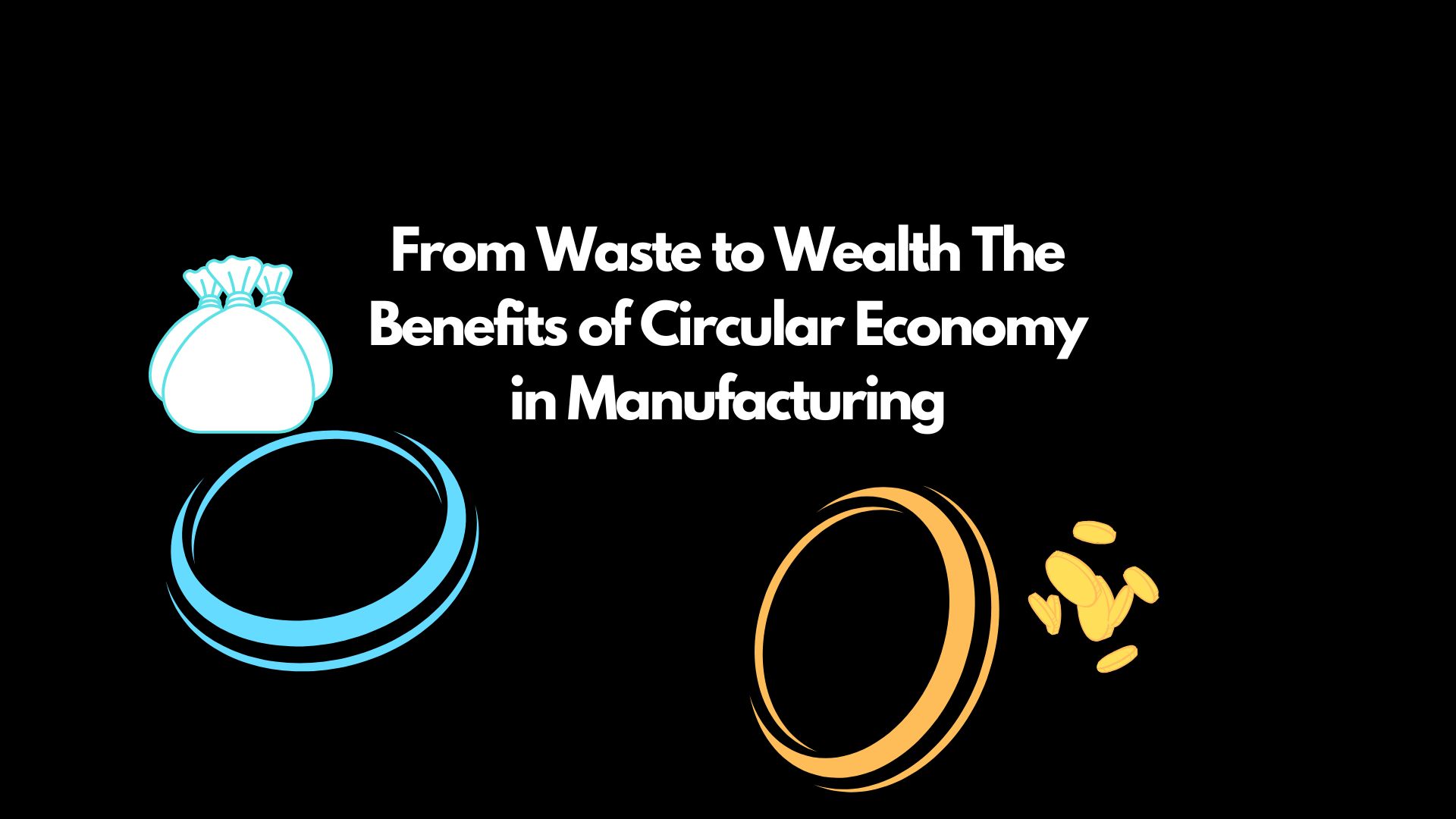Introduction
The circular economy is an innovative model that focuses on reducing waste and making the most of resources. In manufacturing, this means designing products for longer life cycles, reusing materials, and recycling end-of-life products. This blog explores the principles of the circular economy, its benefits for manufacturers, and how businesses can transition to this sustainable model.
Understanding the Circular Economy
The circular economy moves away from the traditional linear model of “take, make, dispose” and promotes a more sustainable approach where materials are reused and recycled, creating a closed-loop system. This not only reduces environmental impact but also opens up new economic opportunities for manufacturers.
Benefits of the Circular Economy in Manufacturing
- Resource Efficiency: Maximizing the use of materials reduces the need for raw materials and minimizes waste.
- Cost Savings: Reusing and recycling materials can lead to significant cost reductions in production.
- Environmental Impact: Reducing waste and emissions helps protect the environment and aligns with sustainability goals.
- Innovation: The circular economy encourages innovative design and production methods, leading to new products and services.
- Brand Reputation: Embracing sustainability enhances brand reputation and meets the growing consumer demand for eco-friendly products.
Key Principles of the Circular Economy
- Design for Longevity: Create products that are durable, repairable, and upgradable.
- Resource Recovery: Implement processes to recover and reuse materials from end-of-life products.
- Waste Minimization: Reduce waste generation through efficient production processes.
- Closed-Loop Systems: Develop systems where products and materials are continuously cycled back into the production process.
- Collaborative Networks: Work with suppliers, customers, and other stakeholders to create a circular supply chain.
Implementing the Circular Economy in Manufacturing
- Redesign Products: Focus on designing products that are easier to disassemble and recycle.
- Establish Recycling Programs: Set up systems to collect and recycle materials from end-of-life products.
- Use Sustainable Materials: Opt for renewable or recycled materials in production.
- Optimize Production: Implement lean manufacturing techniques to reduce waste and improve efficiency.
- Engage Stakeholders: Collaborate with partners, customers, and employees to support circular economy initiatives.
Case Study: Circular Economy Success at [Company Name]
An automotive manufacturer, [Company Name], adopted circular economy principles with impressive results:
- 80% Reduction in Waste: By redesigning products and implementing recycling programs, the company significantly cut waste.
- Cost Savings: Reduced material costs through the reuse of recycled materials.
- New Revenue Streams: Created new products from recycled materials, opening up additional revenue sources.
Conclusion
The circular economy offers a sustainable and profitable alternative to traditional manufacturing models. By reducing waste, reusing materials, and recycling products, manufacturers can achieve significant cost savings, minimize environmental impact, and foster innovation. Embracing the circular economy is not just a smart business move but also a critical step towards a sustainable future.









